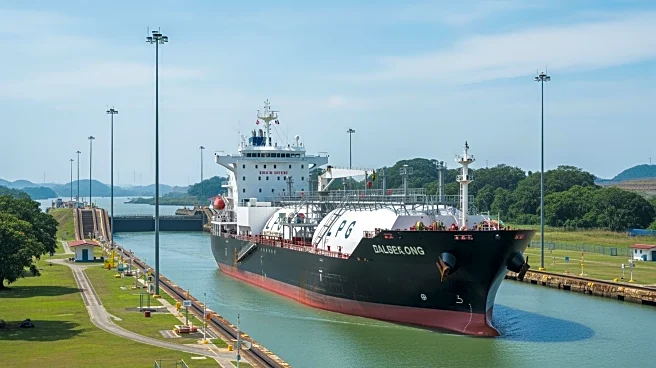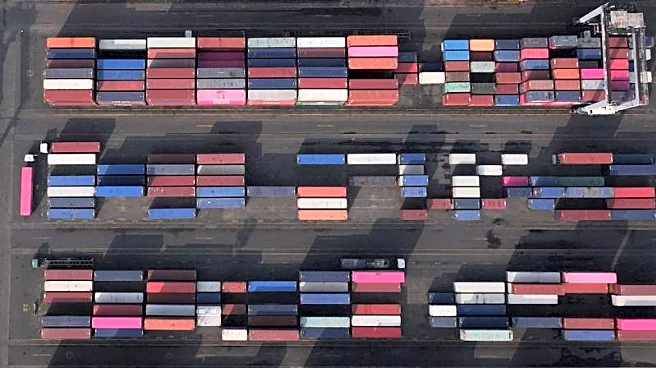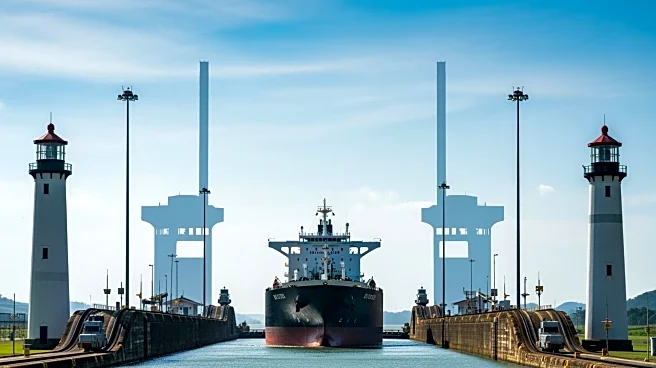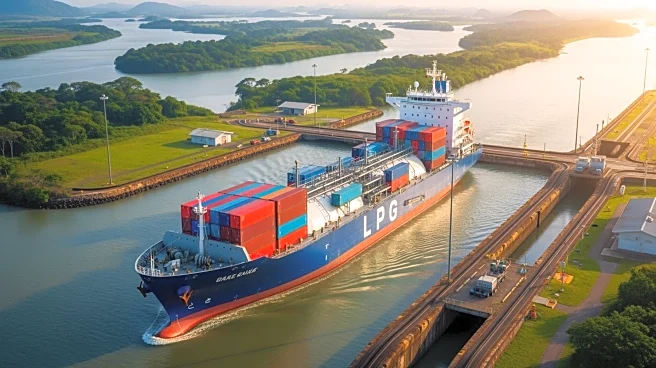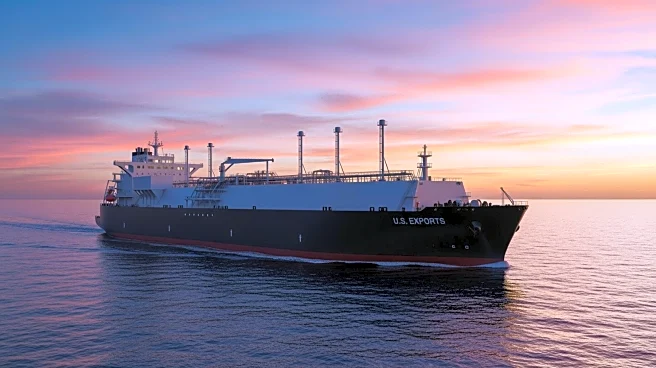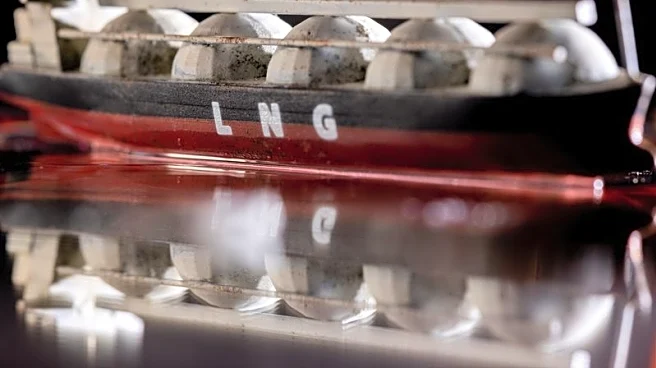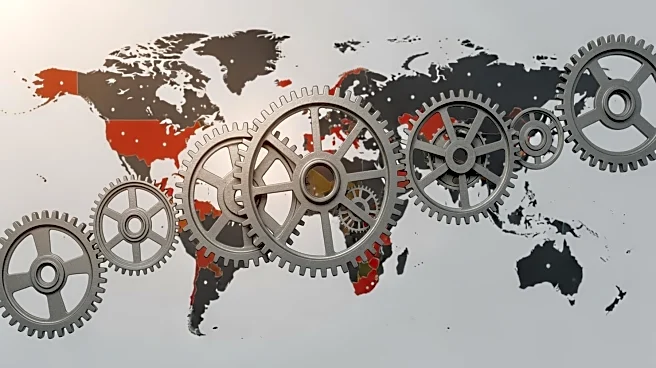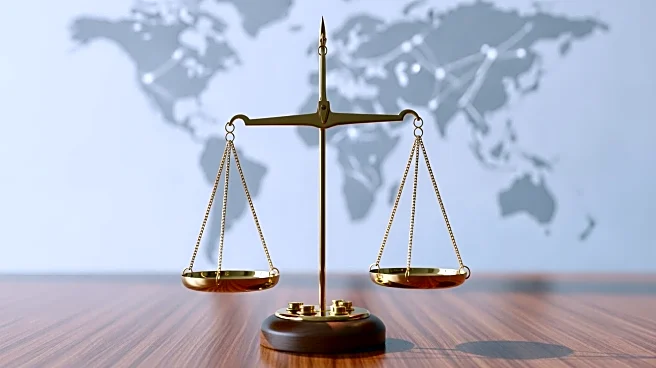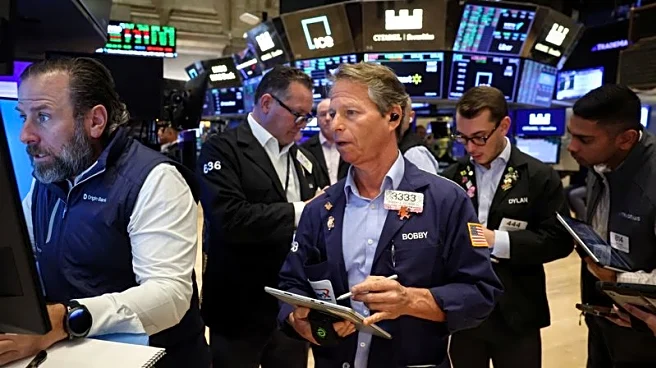What's Happening?
The Panama Canal Authority is anticipating a rise in liquefied petroleum gas (LPG) vessel transits to offset a predicted decline in global trade. The canal, which connects the Pacific and Atlantic oceans,
reported a 14% revenue increase to $5.7 billion in the last fiscal year, with a 19% rise in transits. The canal's share of U.S. LPG exports to Asia has rebounded to over 95%, following a previous decline due to drought-induced restrictions. The Authority is also exploring the construction of a 2-million-barrel-per-day LPG pipeline to further capitalize on this market.
Why It's Important?
The Panama Canal's strategic shift towards LPG transits highlights the growing importance of this energy source in global trade. As the canal adapts to changing trade patterns, it underscores the need for infrastructure that supports energy exports. This move could bolster the U.S. LPG export market, providing economic benefits and enhancing energy security. However, the canal's reliance on LPG transits also reflects broader uncertainties in global trade, influenced by geopolitical tensions and economic policies.
What's Next?
The Panama Canal Authority is actively seeking partners for the proposed LPG pipeline, with plans to inaugurate it by 2030. Additionally, the Authority is pursuing the development of two new ports within the Canal Zone, expected to be operational by 2029. These initiatives aim to enhance the canal's capacity and competitiveness. The completion of the Rio Indio reservoir project by 2031 is also anticipated to secure freshwater resources for the canal, ensuring its long-term operational viability.
